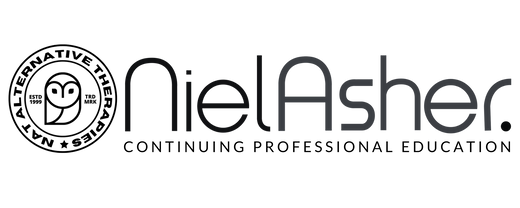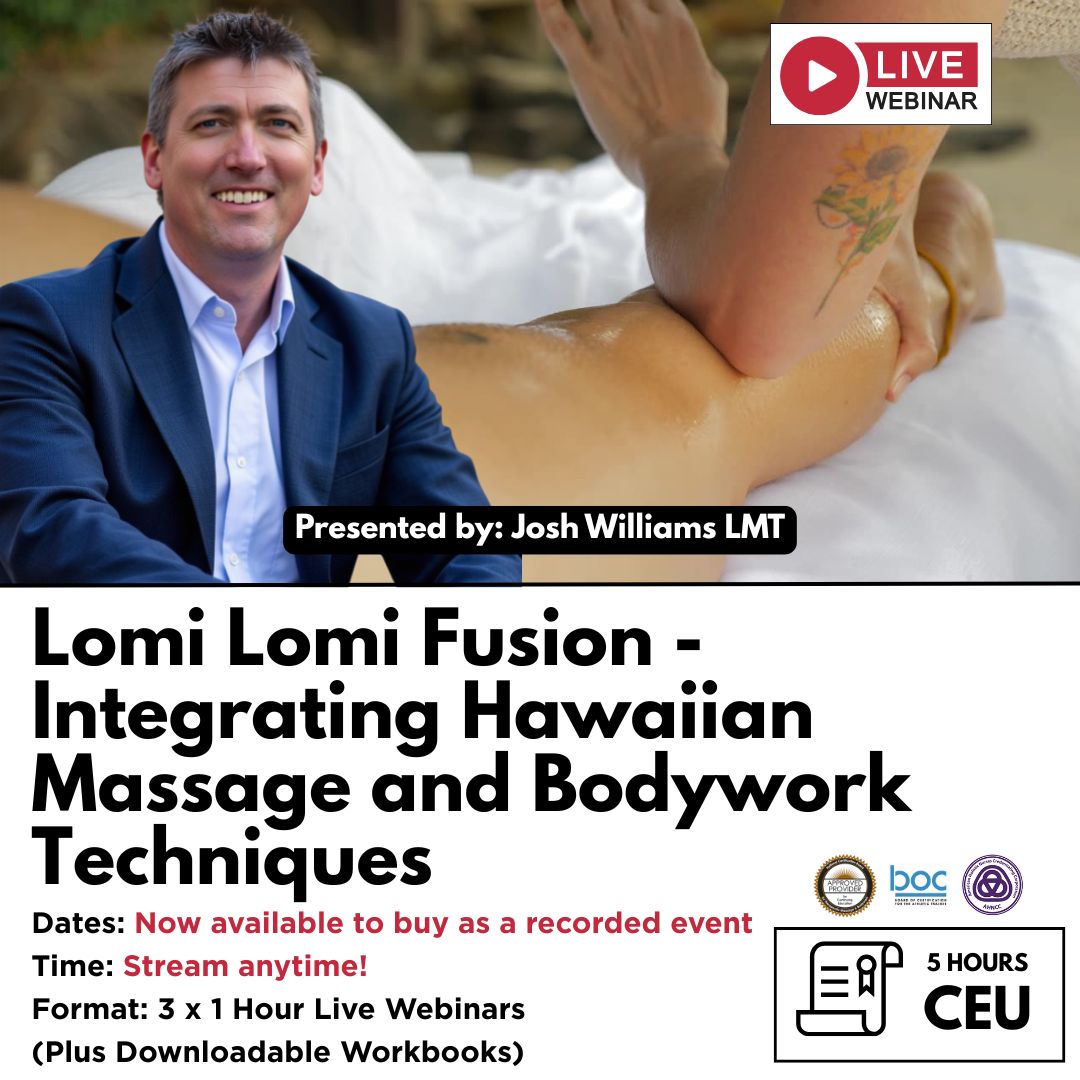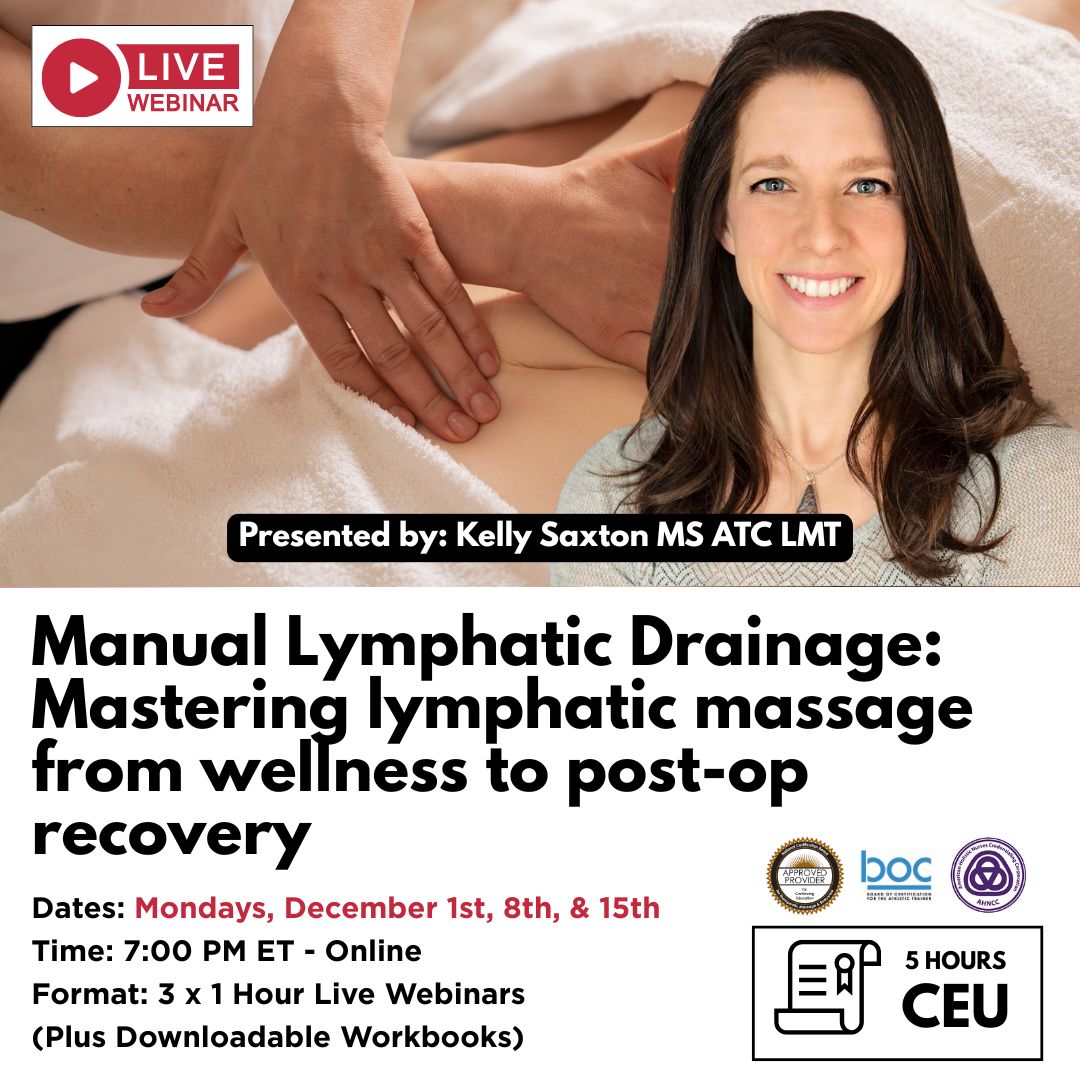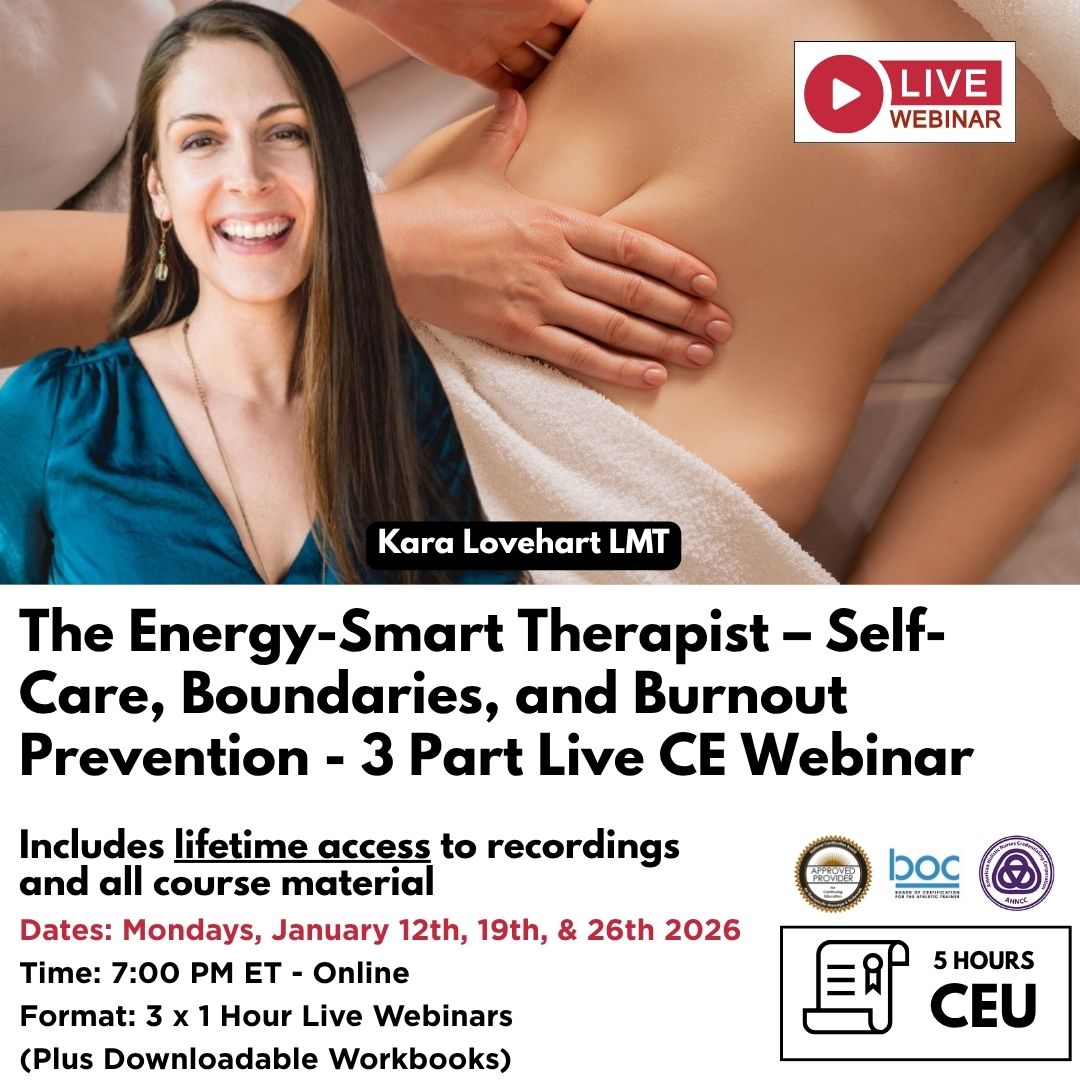Trigger Point Therapy - Treating Tension Headaches (Part 3)
Trigger Point Therapy - Treating Headaches (Part 3)
A headache can be a sign that something very wrong is happening inside, so we must always approach them with caution.
Fortunately most headaches are benign. Here is a table with characteristics of the most common types of headaches that should help deepen our understanding.

Primary and Secondary Headaches
Headaches are defined as primary or secondary. Primary headaches are benign, recurrent headaches that are not caused by underlying disease or structural problems. For example, migraine is a type of primary headache. While primary headaches may cause significant daily pain and disability, they are not dangerous. Secondary headaches are caused by an underlying disease, like an infection, head injury, vascular disorders, brain bleed or tumors. Secondary headaches can be harmless or dangerous. Certain ‘red flags’ or warning signs indicate a secondary headache may be dangerous.
Here is a list of conditions that are known to cause a secondary headache:
• Sinus headache
• Giant cell arteritis (associated with polymyalgia rheumatica)
• Carotid artery dissection (in the neck)
• Vasculitis
• Headache associated with nonvascular intracranial disorders • Neoplasm (tumors)
• Idiopathic intracranial hypertension
• Infection
• Post-traumatic headache
• Subdural hematoma
• Cervical spinal disorders (CGH)
• Temporomandibular joint (TMJ) dysfunction
• Headache caused by sleep disorders such as obstructive sleep apnea.
Overview of Common Headaches
Chronic Daily Headache (CDH) has a prevalence of 4-5% of adults. It affects males to females in a 1:2-3 ratio. These headaches often start as episodic but can ‘transform’ over time to CDH. Medication (rebound) induced headache is believed to play a role in up to 30% of CDH patients. Interestingly 50-80% of those treated in tertiary headache centers, are recorded as having ‘medication overuse’. Those with CDH often have a poorer quality of life than ‘episodic headachers’. CDH can be either primary or secondary.
Whilst many people reach for the bottle, some realize that medications can mask underlying mechanical problems such as stiff and tense muscles and look to us for long term help. For these reasons manual therapy has become ‘a popular choice’ for patients with common and benign forms of headaches, such as Cervicogenic (CGH) and Tension Type (TTH), because these two conditions are often associated with mechanical neck pain.
A headache is defined as ‘aching or pain in one or more areas of the head or neck’. Both the frequency and pain level can vary greatly. Depending on the classification between 65-90 percent of all headaches are due to Tension Type Headaches (TTH). The remaining 10-35 percent include migraines, neck based/Cervicogenic headaches (CGH), TMJ type, sinus, and cluster headaches.
In terms of trigger point therapy TTH & CGH are the most accessible and amenable to intervention, although many authorities today recognize that trigger points may have an important role to play in relieving migraines.
TTH and Trigger Points
Muscular problems and tension are commonly associated with TTH and trigger points within muscles may either be causative or may perpetuate TTH.
The most commonly affected muscles are the trapezius, sternocleidomastoid, temporalis, masseter and occipitofrontalis. There is also a strong association with postural issues such as the upper crossed pattern.
Trigger points often add to the misery of headaches because they are associated with peripheral and central sensitization.
The pain processing part of the central nervous system is almost certainly involved in TTH as it shows up abnormal in scans. many experts agree that long- term inputs from trigger points may lead to a vicious cycle that converts periodic headaches into chronic tension headaches. In such cases even if the original initiating factor is eliminated, the trigger point-central sensitization cycle can perpetuate or even worsen.
See Treating Headaches - Part 1
See Treating Headaches - Part 2
Find a Trigger Point Professional in your area
Courses for Exercise Professionals

This trigger point therapy blog is intended to be used for information purposes only and is not intended to be used for medical diagnosis or treatment or to substitute for a medical diagnosis and/or treatment rendered or prescribed by a physician or competent healthcare professional. This information is designed as educational material, but should not be taken as a recommendation for treatment of any particular person or patient. Always consult your physician if you think you need treatment or if you feel unwell.
Disclaimer
The information in this article is intended for educational purposes within the context of continuing education for massage therapists, continuing education for athletic trainers, continuing education for physical therapists, continuing education for chiropractors, and continuing education for rehabilitation professionals. It is not a substitute for medical advice, diagnosis, or treatment. Although every effort has been made to ensure accuracy and reflect current understanding at the time of publication, practitioners must always work within the legal scope of their professional practice and follow all regional regulatory guidelines.
Hands-on techniques and clinical applications described in this material should only be performed by appropriately trained and licensed professionals. Individuals experiencing pain or symptoms should be referred to a qualified healthcare provider for assessment. Niel Asher Education is not responsible for any injury, loss, or damage resulting from the use or misuse of the information provided in this content.

Continuing Professional Education
Looking for Massage Therapy CEUs, PT and ATC continuing education, chiropractic CE, or advanced manual therapy training? Explore our evidence-based online courses designed for hands-on professionals.



















